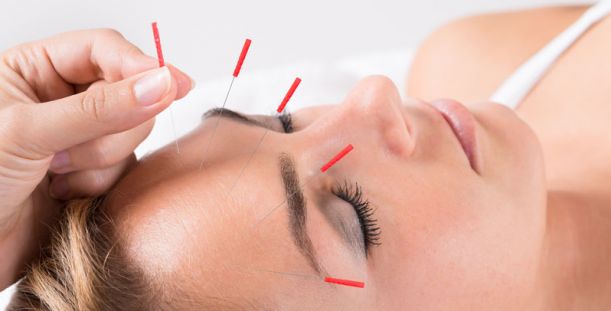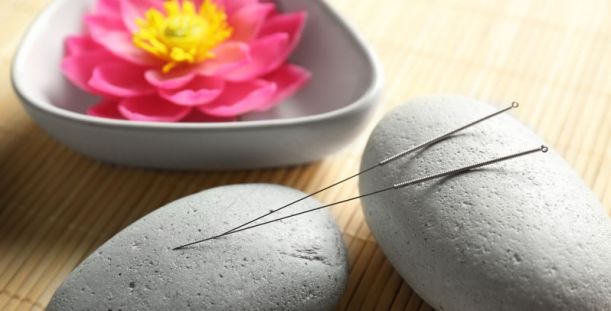Sports & Orthopedic Acupuncture
Sports acupuncture is a cutting edge approach used to treat sports injuries and orthopedic disorders. It combines the modern biomedical understanding of motor points and trigger points with the ancient medical system of acupuncture. As a pioneer in this new field, Matt Callison, L.Ac., of Pacific College of Oriental Medicine, led the way in its development and, through education, has spread the benefits of this impressive technique worldwide.
Presently, many professional athletes receive acupuncture to enhance their performance.
Treatments have been shown to:
- reduce post injury rehabilitation time
- decrease pain and inflammation
- increase range of motion
- activate and strengthen muscles
- release muscle spasms
- stimulate immune system
- relieve stress and calm their minds
With more and more famous athletes and celebrities sharing their support for acupuncture, it has become increasingly popular. Some examples of professional athletes who regularly receive acupuncture are: Shaquil O’Neal, NBA; Vernon Wells, Chan Ho Park, David Cone, MLB; Steve Young, Jerry Rice, Marcellus Wiley, Will Demps, Matt Hasselbeck, Regan Upshaw, NFL; Kevin Overland, speedskater, Maria Sharapova, tennis player.
How Does Sports Acupuncture Work?
Acupuncture restores muscle balance and integrity quickly and safely. Because the human body is a intricate interplay of opposing muscles, any tightness, pain, contusion, or weakness will negatively alter proper function and range of motion- thus predisposing one to injury. Sports acupuncture, through the correct needling of anatomically specific motor points and trigger points, is a unique treatment that can instantly relax tight muscles or strengthen weak muscles to re-establishing symmetry to the body.
What is a motor point?
A motor point is a specific location in a muscle, approximately the size of a nickel, where a nerve injunction exists. A nerve injunction is spot with a very high concentration of nerve endings. It is the most electrically charged area within the muscle. Activating a motor point, with an acupuncture needle, has the powerful effect of resetting the muscle energetically, thus returning it to its normal state. For example, if a muscle is in spasm mode, the muscle will become released and relaxed once the motor point is needled. On the contrary, if a muscle is weakened and flaccid, it will become re-awakened and strengthened once the motor point is needled.
A good reaction is when the muscle responds with a twitch upon needling. This means that the motor point was properly activated and the muscle was re-polarized. The muscle spasm has now been released or a weakened muscle has been “turned on”. This response usually ensures a positive response to treatment.
What is a trigger point?
A trigger point is an isolated place in the muscle where pain exists or causes referred pain. In Chinese medical theory, this pain spot is called an “ah shi” point, which is a point that is tender when pressure is applied. Many factors can lead to the development of a trigger point. Acute injury, chronic overuse, wear and tear, poor posture, etc… can cause tight knots or ropy bands to develop in the muscle. The blood and energy flow are impeded thereby causing an involuntary muscle contraction and pain. Acupuncture is a superior treatment for trigger points because the body reacts to the insertion of the acupuncture needle with increased in blood flow and energy to the area. The increase in blood circulation is what helps to eliminate pain, and promotes muscle relaxation and healing.
Commonly Treated Injuries with Sports Acupuncture:
Leg and Knee:
- Tight IT ban
- Meniscus injury
- MCL injury
- ACL injury
- Shin splints
- Patellar tendonitis
Ankle and foot:
- Ankle sprain
- Achilles tendonitis
- Plantar fascitis
- Morton’s neuroma
Neck:
- Whiplash
- Muscle tension
- Degenerative disc disease
- Thoracic outlet syndrome
Shoulder:
- Rotator cuff disorders
- Supraspinatus tendonitis
- Impingement syndrome
- Bicepital tendonitis
- Labrum tear
Elbow:
- Lateral epicondylitis (tennis elbow)
- Medial epicondylitis (golfer’s elbow)
- Pronator teres syndrome
- Triceps muscle strain
Wrist:
- Carpal tunnel
- De quervain’s syndrome
Hip:
- Bursitis
- Hip flexor strain
- Psoas strain
- Adductor strain
- Hamstring strain
- Tight gluteal (buttock) muscle
Lower Back:
- Chronic lower back pain
- Sacro-iliac dysfunction
- Facet joint irritation
- Muscle spasm
- Bulged disc






